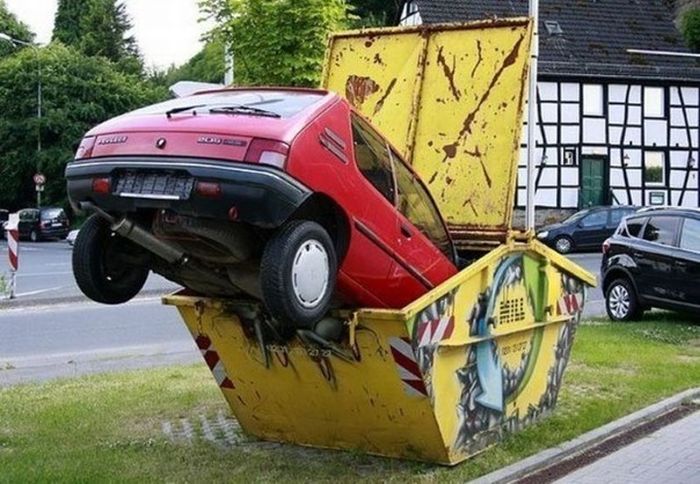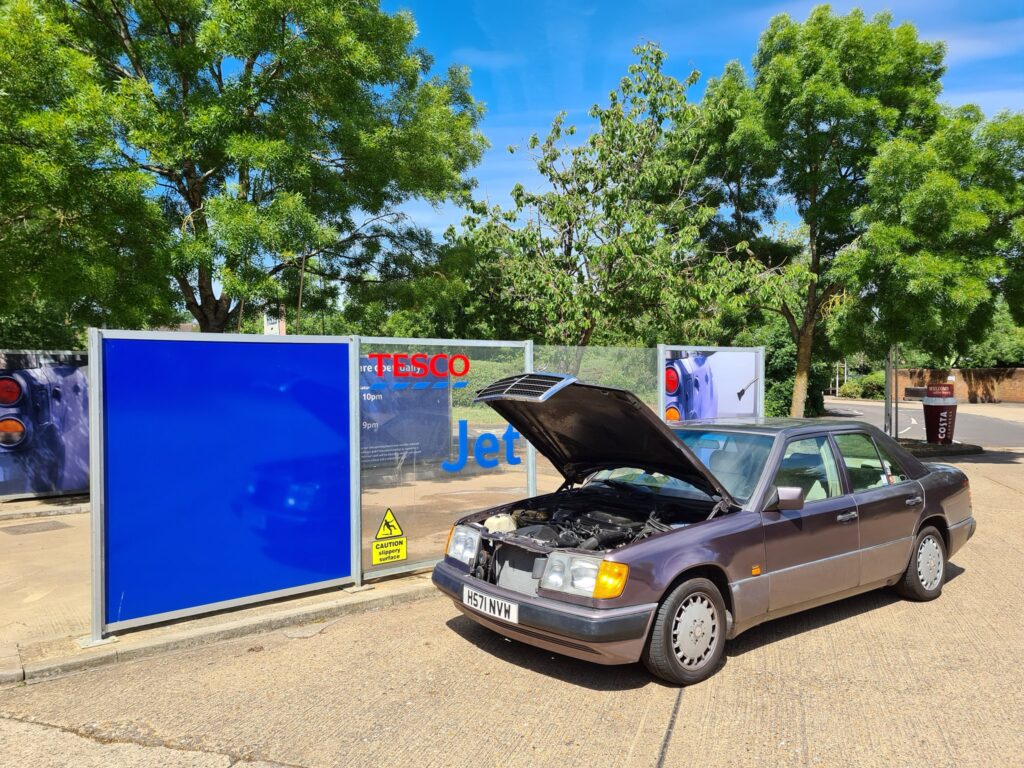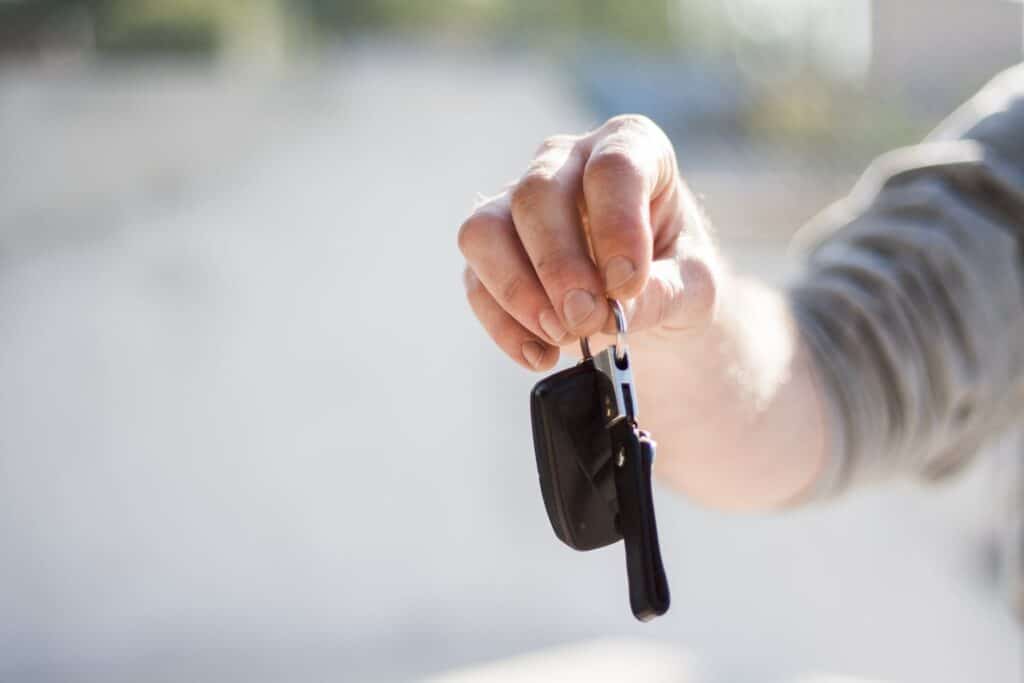DON’T PANIC – Five Emergencies in Which to Keep Cool…

1) Drat, the car has gone into limp mode!
This is one of those emergencies we see a lot of in modern cars, but don’t worry. If you’re driving along and your car suddenly refuses to go past a certain rev limit, or if it will only go 30mph, there’s no need to panic. The car is doing this as a safety measure. Modern car electronics are wired into pretty much everything, so if there is an issue somewhere along the line, the car will know. As such, it will go into what most manufacturers call ‘limp mode’. The idea behind it is to stop any serious damage occurring. It also means you won’t be stranded on the side of the road, and of course, you’ll be able to get to a garage safely.
2) Auxiliary belt – the game of Snap! You don’t want to play
People often get the auxiliary and timing belts mixed up. The timing belt is of course a crucial part of your engine and if it does snap, it could be the end of the line. However, proper servicing should prevent that. The same can be said for the auxiliary belt, though if that snaps, it’s not game over.
The auxiliary belt drives things like your power steering pump, your alternator and possibly your air conditioning compressor. If it snaps, you can still drive the car, though not for a prolonged period. A snapped auxiliary belt means the battery won’t be charging, but a full battery should still have enough juice to get you to safety. Just try and avoid using any electrical items like wipers, the radio or the windows. And obviously, if the aux belt drives your water pump, stopping is the only thing you should do.
3) Wait, the car is a petrol one, right?
If you drive a diesel car, it’s worryingly easy to accidentally fill it up with unleaded. You can’t do it the other way around, as most petrol cars have a smaller filler neck than diesel, so the diesel pump won’t go in.
If you do, while bleary-eyed on your Monday morning commute, full up your TDi with petrol do not under any circumstances start the car. If you need to move it, push it. Even if it’s a few feet, DO NOT START THE ENGINE. There are plenty of specialist companies that will come out and drain your tank without a fuss (though you’ll have to pay a few quid for your error). Once they do, it’s just a case of filling up with the correct fuel. If you start it though, you’ll pump all that petrol around an engine that doesn’t know what to do with it. This can mean broken injectors, fuel rail, filters and more.
4) Getting hot under the collar, and bonnet
Admittedly an overheating car is rare these days, what with all the computers and so on (see number 1 about ‘limp mode’), but it does still happen. If you’re lucky enough to own a car that has a temperature gauge (a surprising number of new cars don’t) it’s simple stuff to keep an eye on it. If the temperature does skyrocket, the course of action is simple: stop driving.
There’s no quick fix here. If you overheat, you have to stop and let it cool down. Once it has, you can check the header tank and see where the coolant level is. If it’s low, you can add some water, which may well fix the issue. Crucially though, stopping the car and letting it cool will also stop the onset of any further damage. Engines don’t like prolonged exposure to high temperatures.
If you don’t have a temperature gauge, your car will still display a warning on the dash should things get too hot. Again, stop the car. Let it cool down. And whatever you do, DO NOT mess with things while it’s still scorching hot. Car cooling systems are pressurised, so unless you like being blasted with steam, leave it be. This, unfortunately, is one of those times where calling for recovery is your only real option if extra water doesn’t fix the problem.
5) You, your keys and a car door between you
We’ve all been there. That sinking feeling when you shut your car door then see your keys on the seat, or even worse in the ignition. But what do you do? Smash the window? No, that’s far too extreme. Bend the top of the door back? Unless you drive a Vauxhall Nova, or you’re the Hulk, this isn’t going to work either. You’re going to have to call a locksmith. That’s all there is to it.
You can make this is a less costly experience with one simple preventative measure though. When you buy your car, go through the handbook and get the key number. Write it down and keep it safe, somewhere other than in your car. With that, any locksmith worth his salt will be able to make a key that will open the door only. It’s far cheaper than him having to mess with the lock or break the glass. Trust us, we’ve been there.








